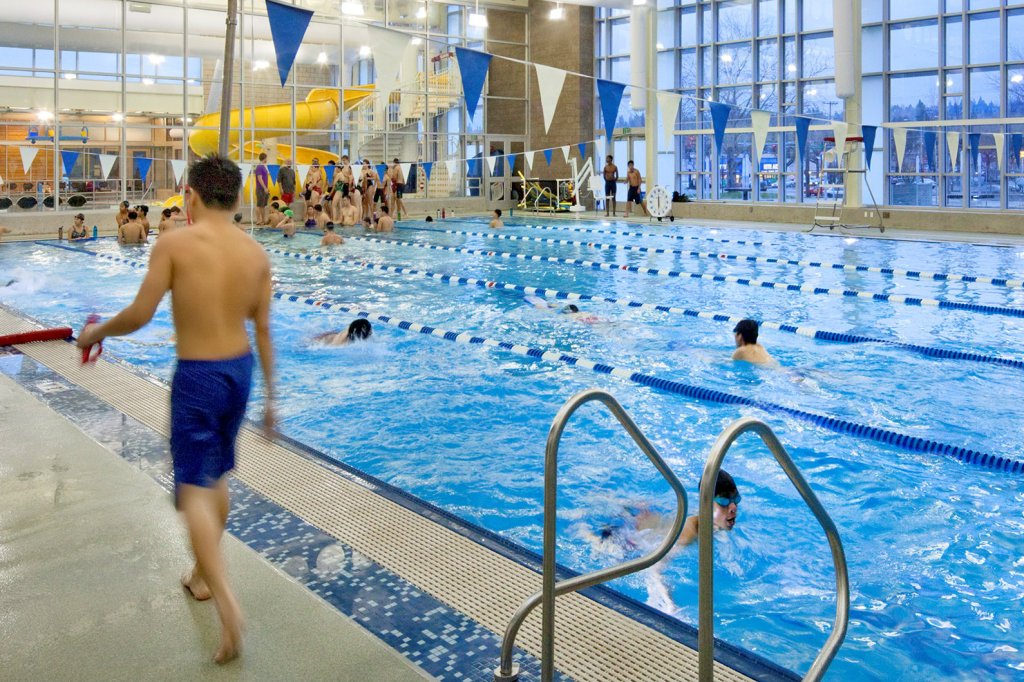In a study by the Centers for Disease Control and Prevention meant to help track progress of the Model Aquatic Health Code, aquatics facilities did not fare particularly well.
“I’m glad there’s a report, but I have to say I’m disappointed that we’ve seen so little progress over the last 10 years to reduce violations in pools,” said Thomas Lachocki, Ph.D., CEO of the National Swimming Pool Foundation, based in Colorado Springs, Colo.
According to the CDC, almost 80 percent of aquatics facilities analyzed in a sample showed at least one violation. Approximately 12 percent resulted in immediate closure to address serious health and safety violations. Not all health departments identify what kind of pool or spa is being inspected, but among those that do, wading and kiddie pools had the highest rate of closure. Noncompliant disinfection concentration was cited during approximately 12 percent of the inspections, posing risks of outbreak. Safety equipment violations were named on almost 13 percent of the inspection reports.
The CDC has conducted previous studies yielding similar results. The methodology and source of data differed from study to study, so they can’t be compared fairly. But the CDC hopes to change that. This was the first report that the agency conducted using the Network for Aquatic Facility Inspection Surveillance, a sample group of health departments that agreed to submit inspection data annually for analysis. CDC expects to release studies about every two years based on this information. It hopes that, in the next several years, the studies will reveal whether the state of commercial pools and spas improves as more jurisdictions adopt the Model Aquatic Health Code.
So far, NAFIS consists of 16 health departments from the five states with the most commercial facilities — California, Arizona, Texas, Florida and New York. This year, they provided data on 84,187 routine inspections of 48,632 venues. The CDC said this represents nearly 16 percent of the estimated 309,000 commercial pools and spas across the country.
“I think [the studies] all send us the same message, and that is that we can do better about the way we operate and maintain our public pools,” said Michele Hlavsa, R.N., M.P.H., chief of CDC’s Healthy Swimming Program.
While some may find press coverage of the study to be alarmist, Lachocki believes there is cause for action. “… [T]he media is going to expose the worst part of this report,” he said. “The question we have to answer is: What are we going to do about it? What we don’t want to happen is five years from now, there’s another study and we find we’re right where we are today.”
